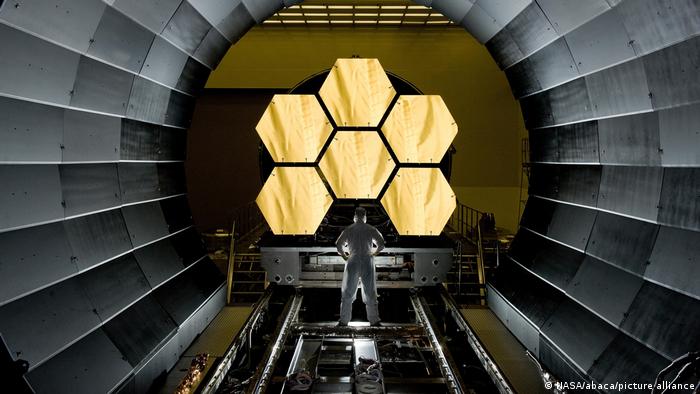Scientists have confirmed 5,084 exoplanets in 3,811 star systems so far, and there are still 8,912 candidate planets waiting to be confirmed.
The discoveries provide a detailed sample of the types of planets that exist in the universe, from gas giants several times the size of Jupiter to smaller, rocky planets like Earth.
Most exoplanets are discovered through indirect methods, such as the transit method and the radial velocity method.
Using the National Science Foundation’s Very Long Baseline Interferometer Array (VLBA), research scientists recently detected a Jupiter-like planet orbiting a binary star system called GJ 896A b, about 20 light-years from Earth.
The research team used “astrometry” to discover planets. When orbiting the stars of the system, gravity also pulls the stars at the same time, and the existence of the stars is inferred from the “wobble” of the binary stars.
The approach even allowed the team to build three-dimensional structures that describe how the entire binary system works.
2 Stars 1 Planet
GJ 896AB is two red dwarf stars orbiting each other, the larger one is orbited by the exoplanet GJ 896A b, and the mass is about 44% of the sun, and the smaller one is only 17% of the sun.
The distance between the two stars is about 30 AU (about the distance from the sun to Neptune), the revolution period is 229 years, the planet orbiting the larger star, the orbit is slightly smaller than the distance from Venus to the sun,
The orbital period is about 284 days, and the intersection angle between the orbital plane and the orbital plane of the two stars is 148 degrees, which means that the movement direction of the planet around the main star is opposite to that of the secondary star.
The researchers say this is the first time scientists have observed this dynamic structure in a planet close to a binary star system, which may have formed in the same protoplanetary disk.
Astrometry will become a tool for delineating more planetary systems in the future, thanks to observatories such as the Next Generation Very Large Array (ngVLA),
The research was also published in the Astronomical Journal.




